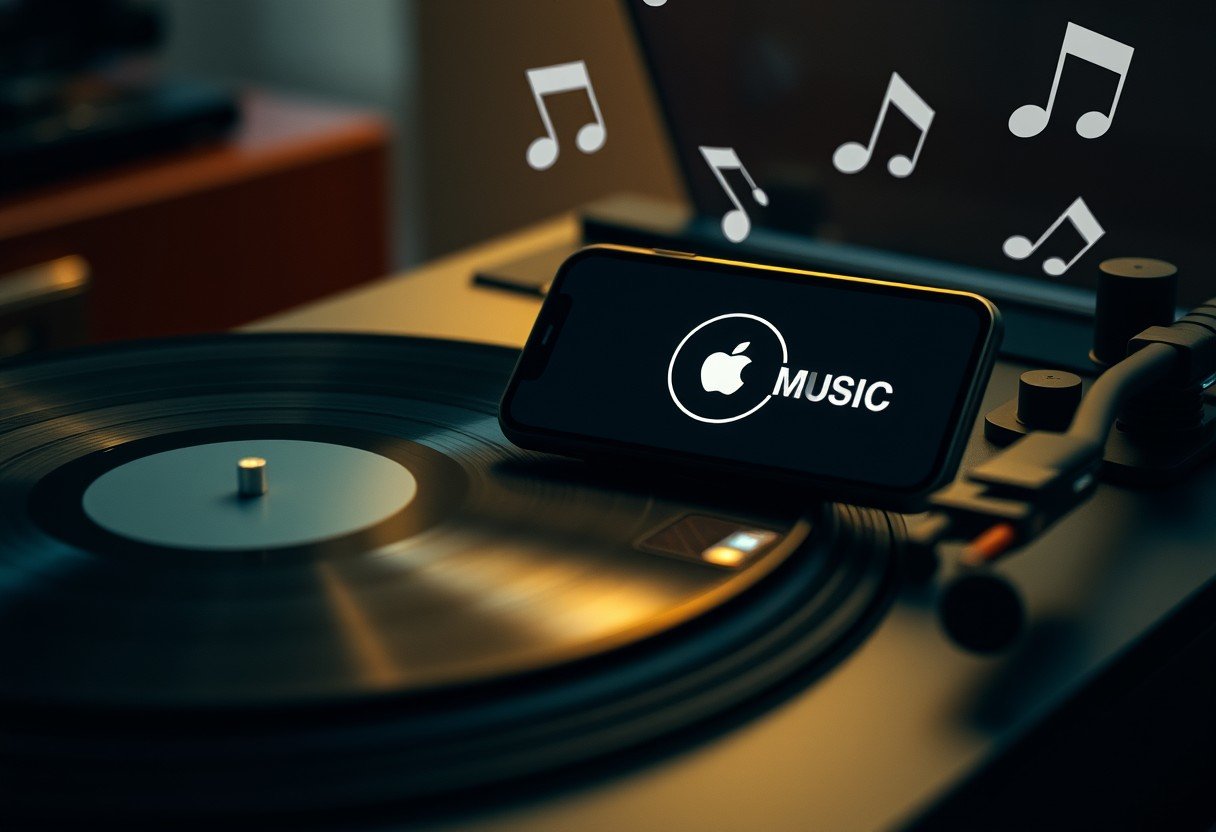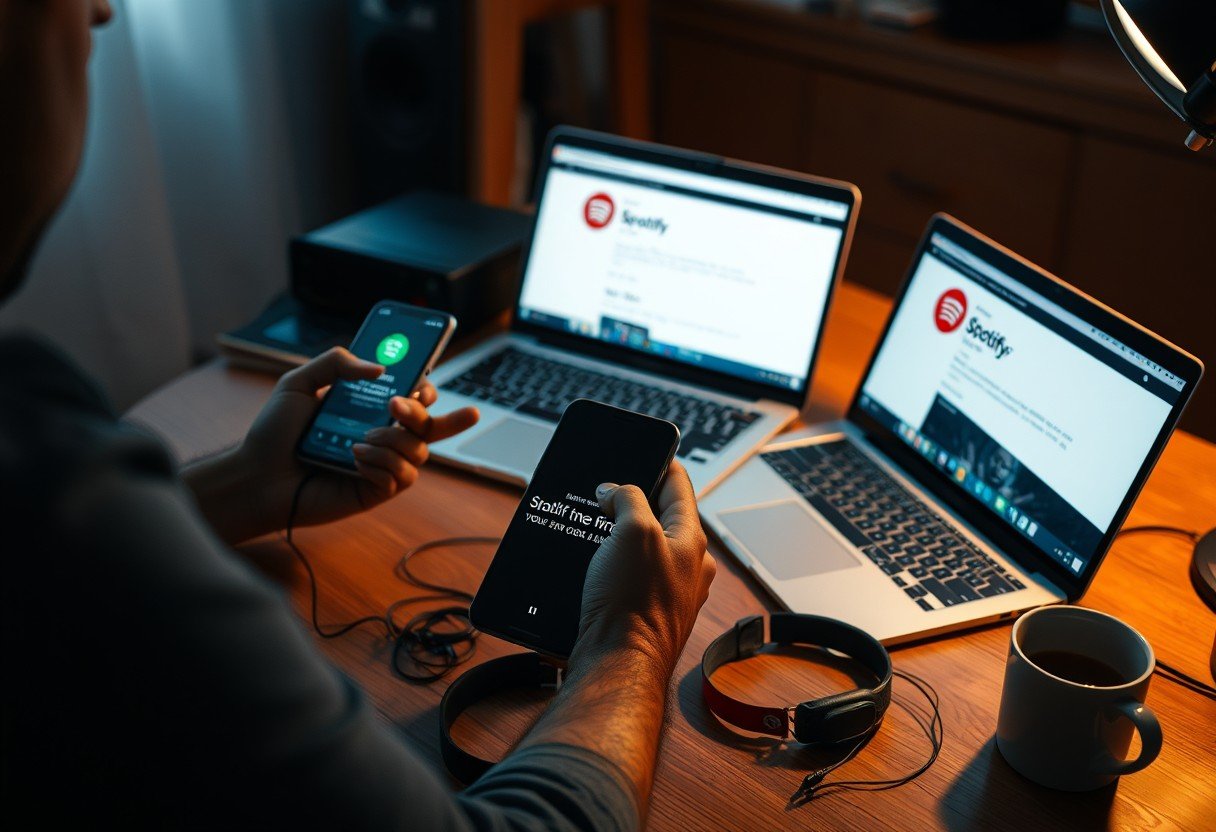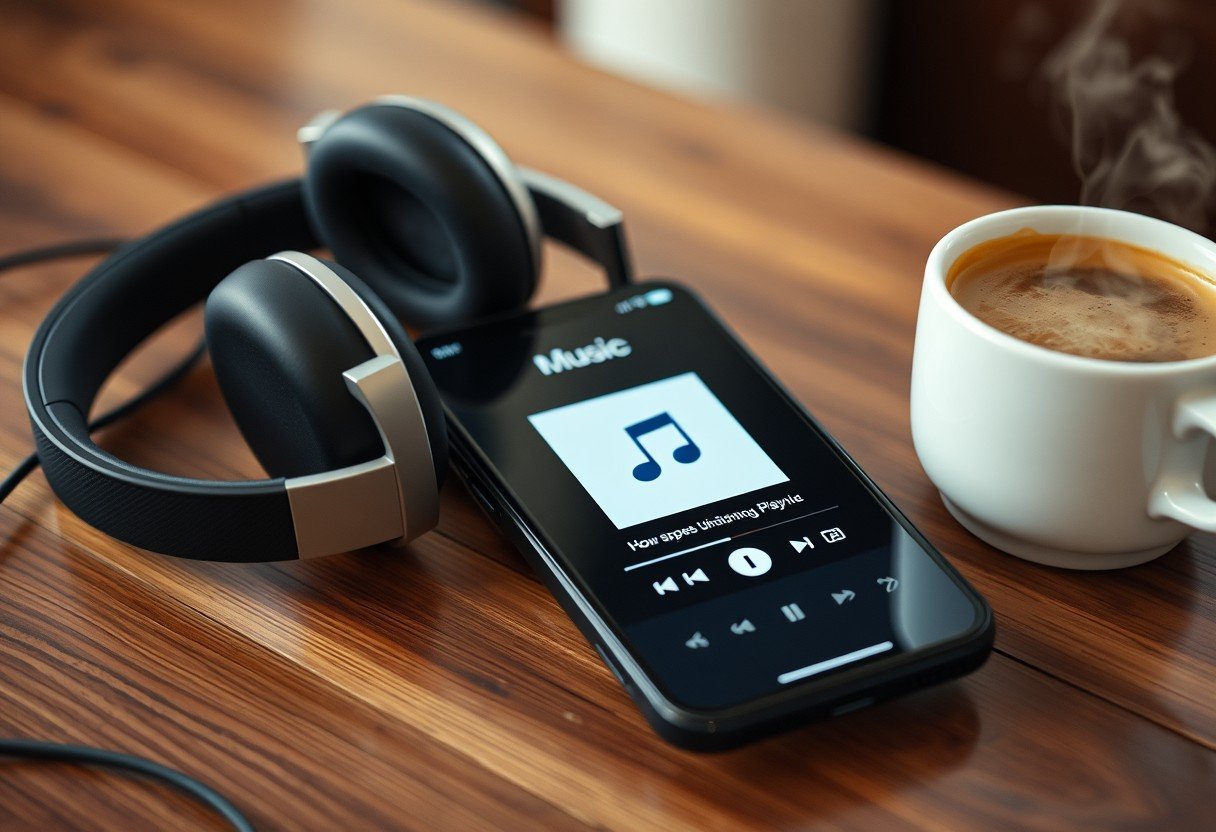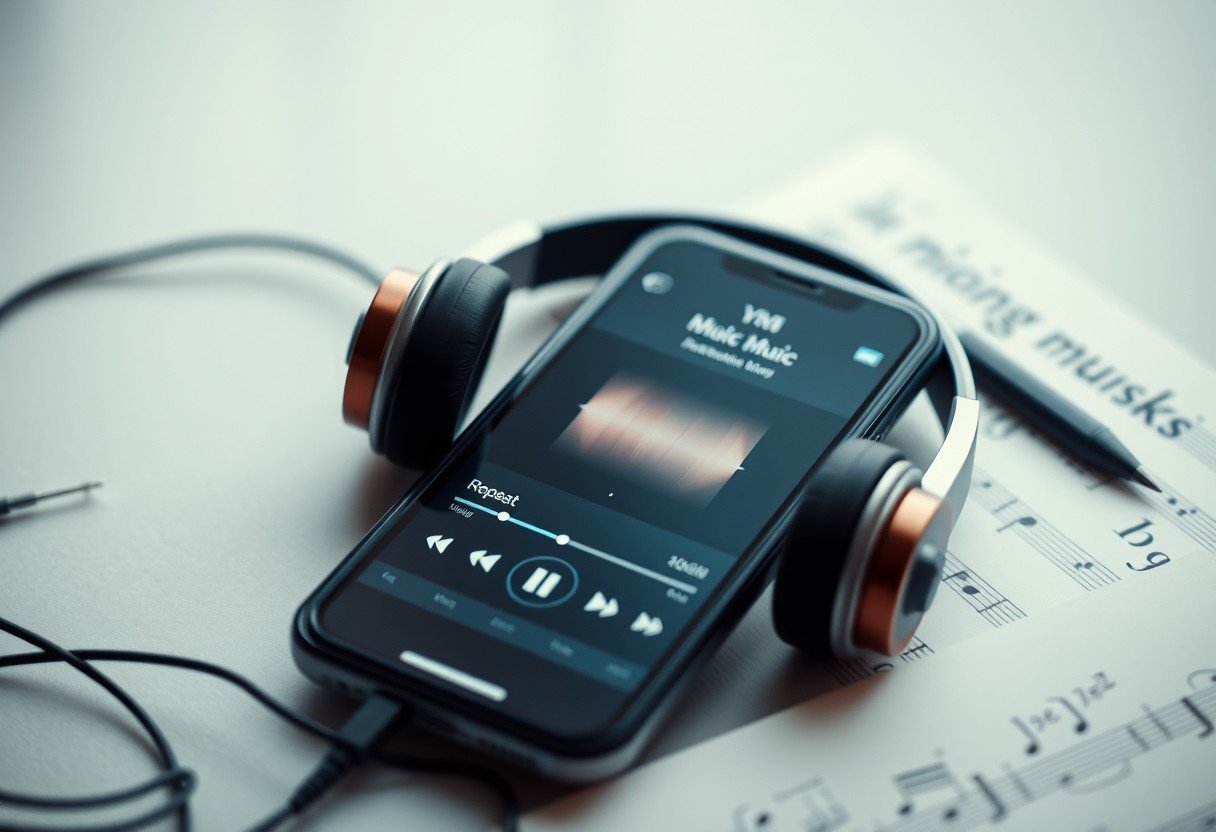Is Apple Music shuffle truly random? Learn what it does, why songs repeat, and how to make your mix feel fresh every time you hit play.
How Apple Music Shuffle Works
Apple Music shuffle picks the next track using a computer method called pseudo random selection. It aims to mix your songs in a fair way, but it also tries to avoid awkward back to back repeats. The exact code is not public, and Apple has never shared full technical details. Still, what you hear fits common patterns used in music apps.
In practice, shuffle often draws from your current queue or the playlist you start. If your queue is small, repeats and familiar artists can pop up more often. If your library is large and diverse, results feel wider. Your recent listening, likes, skips, and playlist design can also shape what comes next.
Apple Music focuses on a smooth, enjoyable flow. That means it may avoid harsh jumps, like slow ballads right after heavy metal. It can also lean on what you play a lot. This makes sense for comfort listening, but it can make shuffle feel less random.
The key idea is simple. Shuffle is built to feel good for most listeners, not to pass a math test for true randomness. That trade off explains why some users notice patterns and repeats.
What Random Means in Playlists
People often think random means no repeats, no clusters, and no patterns. In real math, random means the opposite. Clumps happen. The same artist can show up twice in a row. Two slow songs can land back to back. That is normal in a fair draw.
Think about flipping a coin. You will often get streaks like heads heads tails heads. Music feels the same, and our brains are quick to spot patterns. When you hear a repeat, it stands out and feels wrong, even if it is normal by chance.
Library size matters a lot. With 50 songs, you will hear the same artists and moods more often than with 5,000 songs. Genre balance matters too. If half your library is from one artist or one style, that style will dominate a random shuffle.
Some services in the past adjusted shuffle to look more random to humans. For example, one popular service changed its shuffle so songs were spaced out more evenly by artist. That choice did not make it more random in a math sense. It simply made it feel fairer to users who disliked clumps.
Factors That Influence Apple Music Shuffle
Many small choices shape how Apple Music shuffle sounds in your ears. Start with what you press play on. If you hit shuffle inside one playlist, you get the flavor of that list. If you hit Shuffle All from your whole library or a large smart playlist, results will spread out more.
Your own actions teach the app. Frequent skips can reduce similar picks later. Tapping Love on songs may boost the chance of related tracks showing up in recommendations and radio style features. Recent plays can tilt what you hear next, especially if you loop the same set each day.
- Library size and balance More songs and more genres create wider shuffle results.
- Skips, loves, and plays Your behavior signals taste, which can shape future picks.
- Playlist design Short lists, heavy repeats of the same artist, or narrow genres limit variety.
Device context can also matter. If your queue is cached or you paused a session, the app may resume from that set of tracks. Network status can limit on demand pulls, so offline or low signal moments may draw from downloaded songs. That is not a bias. It is a practical choice to keep music playing without gaps.
If your shuffle feels stale, it usually ties back to one of these levers. Grow your library, split huge playlists by mood, or build a wide smart playlist that rotates new finds. Small changes in setup often have a big effect on what you hear.
Tips To Improve Shuffle Variety
If you want a fresh mix, you can nudge the system in minutes. These steps work well for most listeners and do not require advanced settings.
- Create mixed playlists by mood or energy, not only by artist or album. This reduces clumps.
- Regularly add 10 to 20 new songs to your main lists to reset the pool.
- Start shuffle from a large smart playlist with rules like Date Added is in the last 6 months and Limit to 500 items.
Clean your queues. Before you hit shuffle, clear Up Next and start a new session from the playlist or the library view. If you always resume the same queue, you will hear the same run of songs more often.
Balance your library. If one artist makes up a big slice, consider moving a few of their tracks to a dedicated playlist. Keep your general lists varied. The goal is not to remove favorites, but to stop any one voice from dominating the draw.
Use Love and dislike wisely. Love songs you want more of and skip fast on tracks you do not want. Over time, this guides recommendations and may help your mixes feel closer to your taste. Also try starting with a genre or mood playlist, then hit Shuffle All. That blends fresh tracks with what you already enjoy.
Myths About Apple Music Shuffle
Myth 1: Every song always has an equal chance next. In many apps, the next pick is uniform within the current pool, but the pool itself depends on your queue, playlist, filters, and what is available offline. This makes the experience feel uneven from day to day.
Myth 2: Shuffle is broken if I hear repeats. Clusters are normal in random draws. You can reduce them with larger, more balanced lists and by starting fresh queues. Repeats do not mean the feature is broken.
Myth 3: The app pushes certain songs on purpose in shuffle. There is no public proof that Apple boosts specific tracks in your personal shuffle for ads or promos. What you hear is far more likely tied to your own library makeup and session setup.
Myth 4: True randomness always feels more fair. Humans prefer even spacing, not pure chance. A fair shuffle can sound messy, with streaks and repeats. Some services use spacing tricks to feel fairer. That is preference, not proof of better randomness.
When Shuffle Feels Predictable And How To Fix It
Many users report that shuffle feels stuck after a few days. This often comes from a loop. You play the same list, skip the same tracks, and the app resumes the same queue later. Your actions form a pattern, and the pattern feeds itself.
Break the loop on purpose. Rotate between two or three large playlists. Add a monthly New Adds list and seed each session from it. Then jump back to your main mix. This small rotation refreshes the pool without losing your taste.
Also watch your download settings. If you listen offline a lot, your device may rely on a smaller set of downloaded tracks. Make sure your downloads reflect your current taste. Update them weekly. A fresh download set can make your shuffle feel brand new overnight.
The fastest reset is simple. Clear Up Next, pick a very different starting playlist, and press Shuffle All. Most listeners notice a clear change as soon as the first five songs.
FAQ
Is Apple Music shuffle truly random?
It uses a pseudo random method that feels random but still follows practical rules. The exact method is private. What you hear depends on your library, your queue, and how you start playback. Pure math randomness is not the goal. A good listening flow is.
Why do I hear the same songs on shuffle?
Small or narrow playlists, recent queues, and heavy plays of the same artists create repeats. Random draws also cause clusters. Grow your pool, clear Up Next, and start from a large mixed list to reduce repeats.
How can I make Apple Music shuffle better right now?
Clear your queue, hit Shuffle All from a big mixed playlist, add new songs, and use Love on tracks you want more of. Balance your lists by mood and genre. Update your downloaded songs if you listen offline.
Does Apple Music favor certain songs or artists in shuffle?
There is no public evidence that personal shuffle boosts specific songs for promotion. Patterns are usually caused by library makeup, your behavior, and normal random clumps.
Is there a true random option in Apple Music?
No special switch exists for pure randomness. You can get closer to a fair draw by using large, balanced playlists and starting fresh sessions. If you need strict rules, build smart playlists that limit artist repeats or control genres.
Will a bigger library improve shuffle variety?
Yes. A larger and more balanced library reduces repeats and clusters. Aim for variety across artists, eras, and styles. Even adding 50 new songs to a main playlist can make a big difference by the very next session.








Leave a Comment